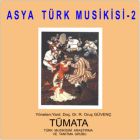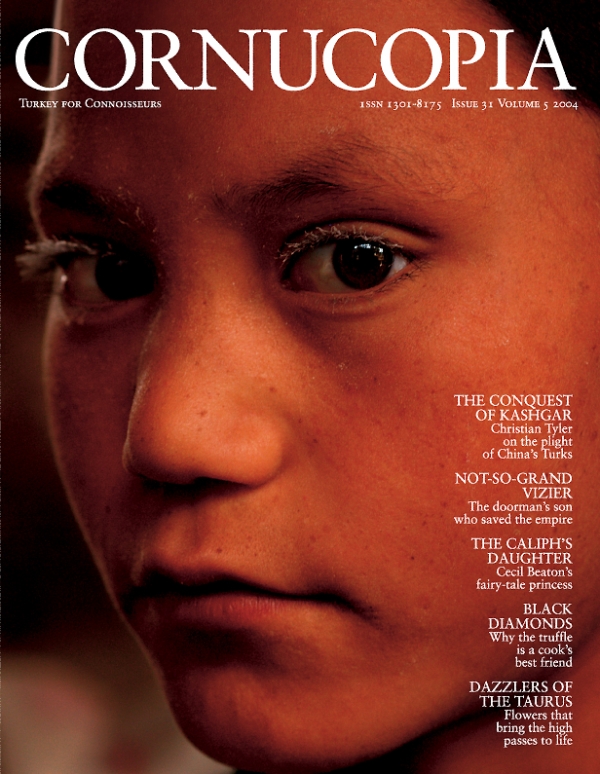Buy or gift a stand-alone digital subscription and get unlimited access to dozens of back issues for just £18.99 / $18.99 a year.
Please register at www.exacteditions.com/digital/cornucopia with your subscriber account number or contact subscriptions@cornucopia.net
Buy a digital subscription Go to the Digital EditionThe Mongols swept into Istanbul this winter (2007), in the wake of Picasso and Rodin. The ravishing culture of the Turkic steppes was the subject of the latest stunning wxhibition at the Sakıp Sabancı Museum. In this review, Michael Franses shows that the Mongols were men of taste as well as conquest
Mongolia 2,000 years ago
The exhibition at the Sabancı Museum is not only about Genghis Khan and his heirs. It starts several centuries BC with beautiful pieces created by the peoples of the Steppes that tell us about the animals on which they depended in daily life and the mythical creatutes that saw them through to the afterlife.
A common language of symbols came to be shared for thousands of years by all ther peoples of the Steppes, particularly the Mongols and Turks. Bronze and gold objects of the first millennium BC found great distances apart show striking similarities. Horse, deer and all hunted animals were depicted with extraordinary naturalism.
First lords of the Steppes
During the first millennium AD the numerous peoples of Central Asia formed tribal alliances. They were to build great empires that expanded westwards and spread their cultures and traditions as far as Eastern Europe
Once the Jewel in the Ottoman crown, Edirne is now a somnolent backwater on the Turkish borders of Greece and Bulgaria. Caroline and Andrew Finkel catch glimpses of its glorious past.
The Turkish yahni has evolved little since the days of Genghis Khan. Since Ottoman times it has been the same rich, satisfying dish. It fed the Janissaries, it fed the poor, it nourished students and it sustained sultans.
More cookery features
Imperial kaftans were presented in kaleidoscopic patchworks of silk that were works of art in their own right
She has long lived in France, but Turkey has inspired ‘pangs of longing’ since her first visit in 1946. The celebrated author of The Wilder Shores of Love and The Sabres of Paradise, talks to Philip Mansel about a life of adventure and the landscape of the heart

TÜMATA The Traditional Turkish Music Research and Promotion Society, Dr Rahmi Oruç Güvenç


Cornucopia works in partnership with the digital publishing platform Exact Editions to offer individual and institutional subscribers unlimited access to a searchable archive of fascinating back issues and every newly published issue. The digital edition of Cornucopia is available cross-platform on web, iOS and Android and offers a comprehensive search function, allowing the title’s cultural content to be delved into at the touch of a button.
Digital Subscription: £18.99 / $18.99 (1 year)
Subscribe now